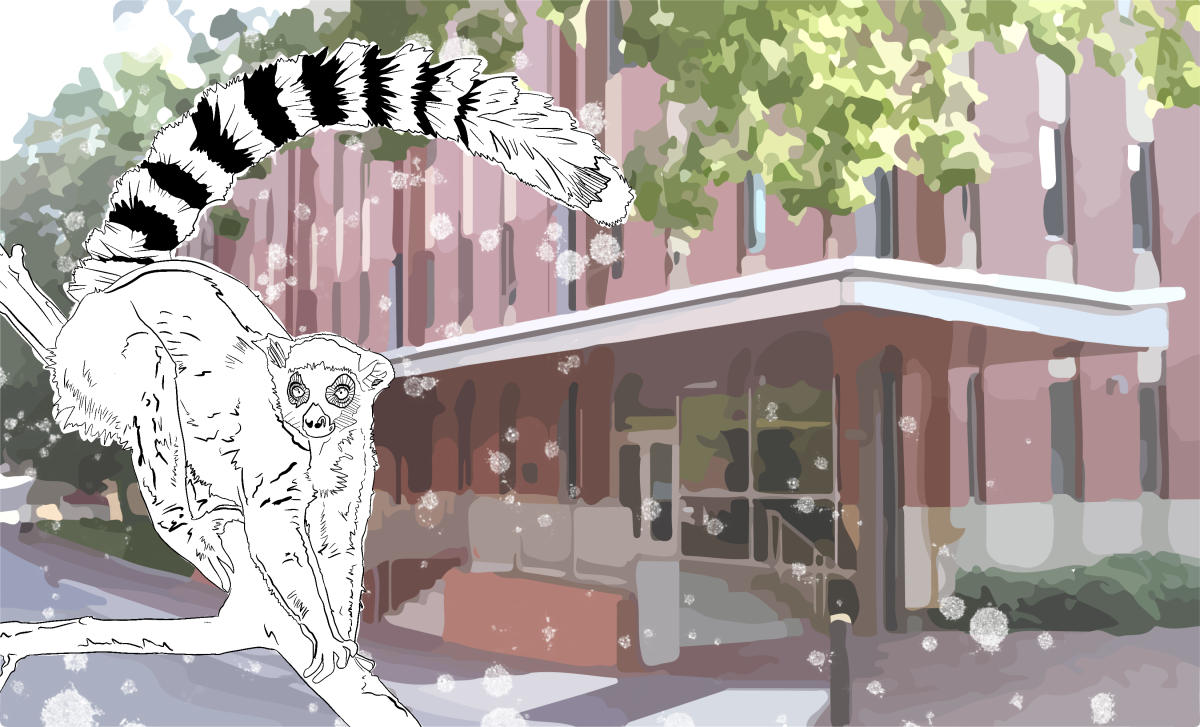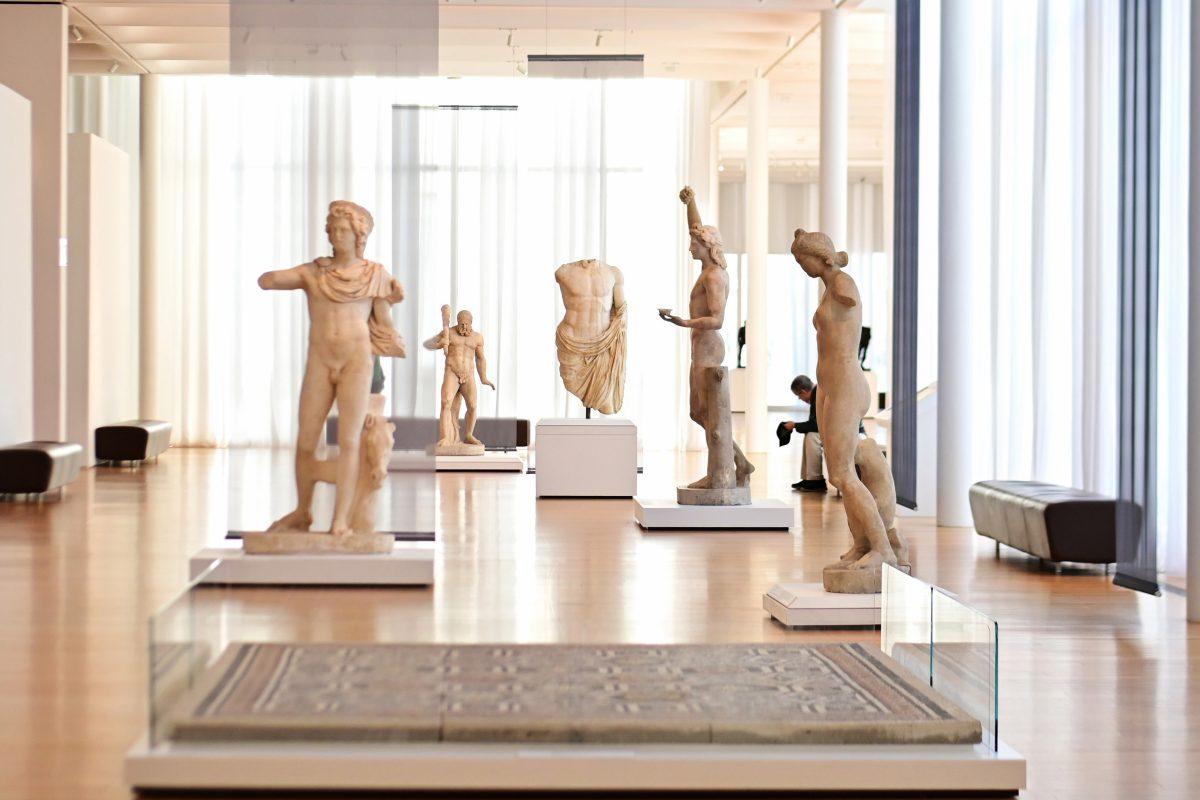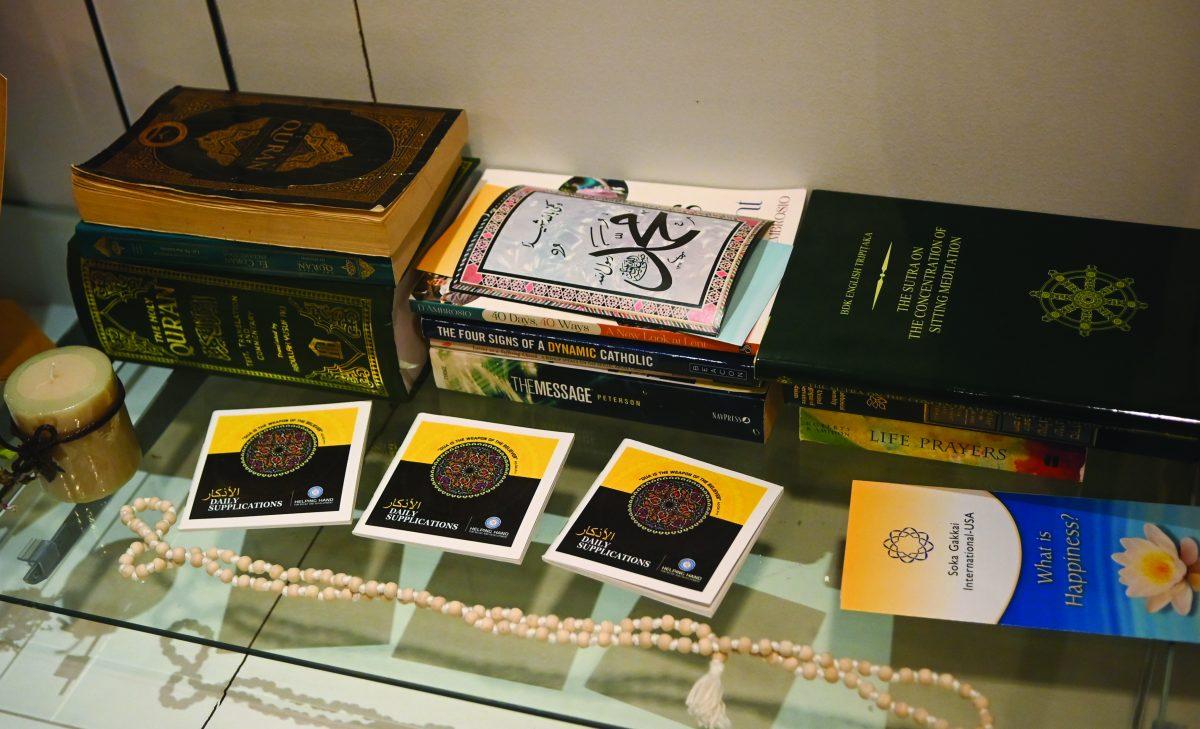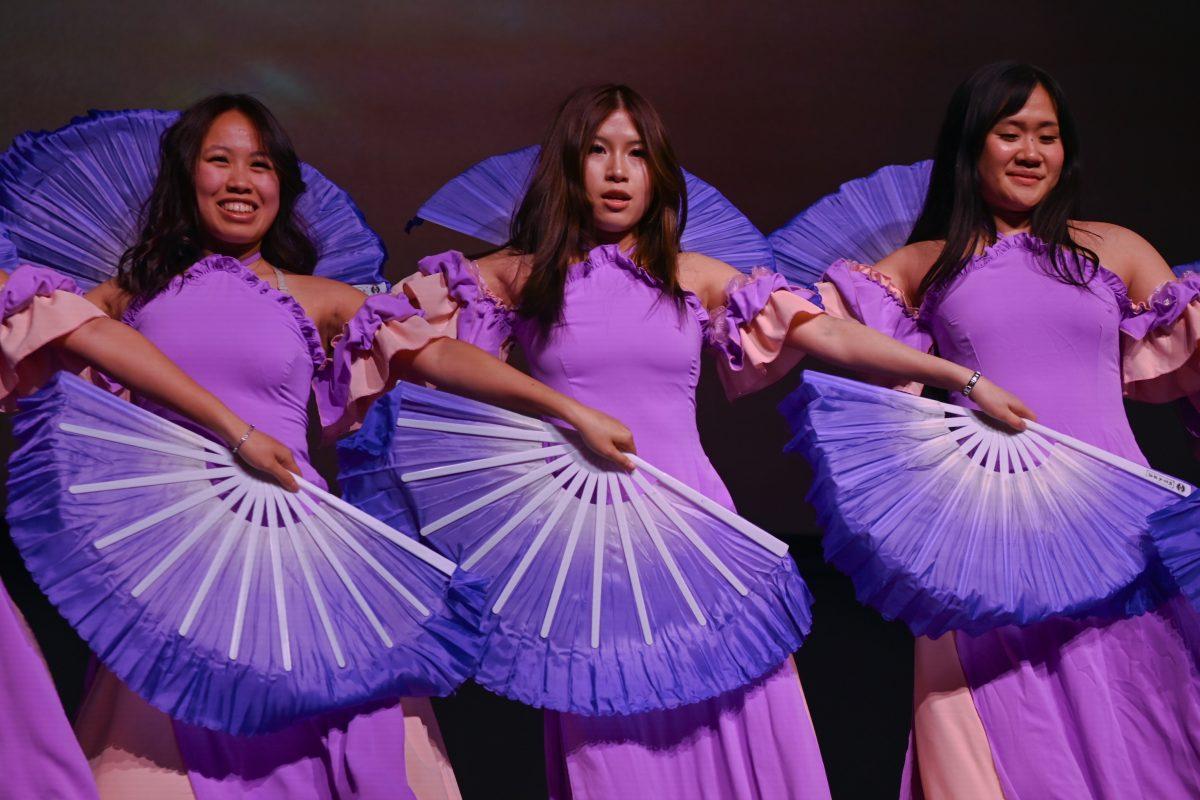This is the second article in a series highlighting a researcher from each college at NC State.
Most of us have only ever seen lemurs at the zoo or through our television screens. These zany-looking primates often appear in popular media — think King Julien, Mort and Zoboomafoo.
Ashley Carter, a fourth-year studying zoology, studies lemurs in the Comparative Anatomy and Functional Morphology Research Laboratory at NC State. For her research, Carter digitally dissects various species of lemurs and analyzes their masticatory muscles.
Masticatory muscles, located in the lemur’s head, are associated with communication among the lemurs. The lemurs, donated by the Duke Lemur Center, are processed using a combination of data analysis tools.
“I use Amira; basically, you have to CT [computed tomography] scan the lemurs and then you can put each individual slice of the CT scan in Amira,” Carter said. “Amira gives you the entire specimen in slices, like a 3D orientation.”
Carter uses those scans to develop a record of the morphological and anatomical components of each lemur. Currently, her project involves the digital scans of eight different lemurs.
This digital method of conducting research benefited Carter during the COVID-19 pandemic. Although most university activities were moved online, the Comparative Anatomy Lab remained open on a staggered schedule.
The students visited the lab in shifts to meet with their advisors. Carter also spent time at the lab this past summer while she dissected scans from a hapalemur.
“We had a Hapalemur and past researchers held off on dissecting it because the scans were extremely slow,” Carter said. “I spent six hours in the lab for two to three days over the summer and I knocked out the whole entire lemur head.”
According to Carter, the Hapalemur dissection was one of her greatest research accomplishments. Now, a typical work week for Carter consists of almost eight hours of dissections and one to two online lectures with her lab instructor.
“I was lucky, since my project was on digital dissections, I was able to do a lot of it from home or just on my laptop, wherever I was.” Carter said.
She said collaboration between students was a mainstay of the laboratory environment.
“There’s Edwin, our lab director,” Carter said. “He’s the post-doc that I work with. I also collaborate with the other ‘labbies’ — that’s what we call each other — that are part of this project.”
Currently, Carter and the other undergraduate students, the “labbies,” are compiling their findings into a final manuscript. They work in shifts writing, peer reviewing and editing the manuscript document. The team does join together for editing sessions with their advisor, Adam Hartstone-Rose of the Department of Biological Sciences at NC State.
She learned of Hartstone-Rose’s research and the lemur project by word-of-mouth at zoology and pre-veterinary club meetings.
In the future, Carter hopes to attend vet school. Her plans include learning more about exotic animal morphology and anatomy.
“Since my research is in anatomy, that’s what my focus will be as a veterinarian,” Carter said. “As you can imagine, it’s much different than if I was your average dog or cat vet.”














